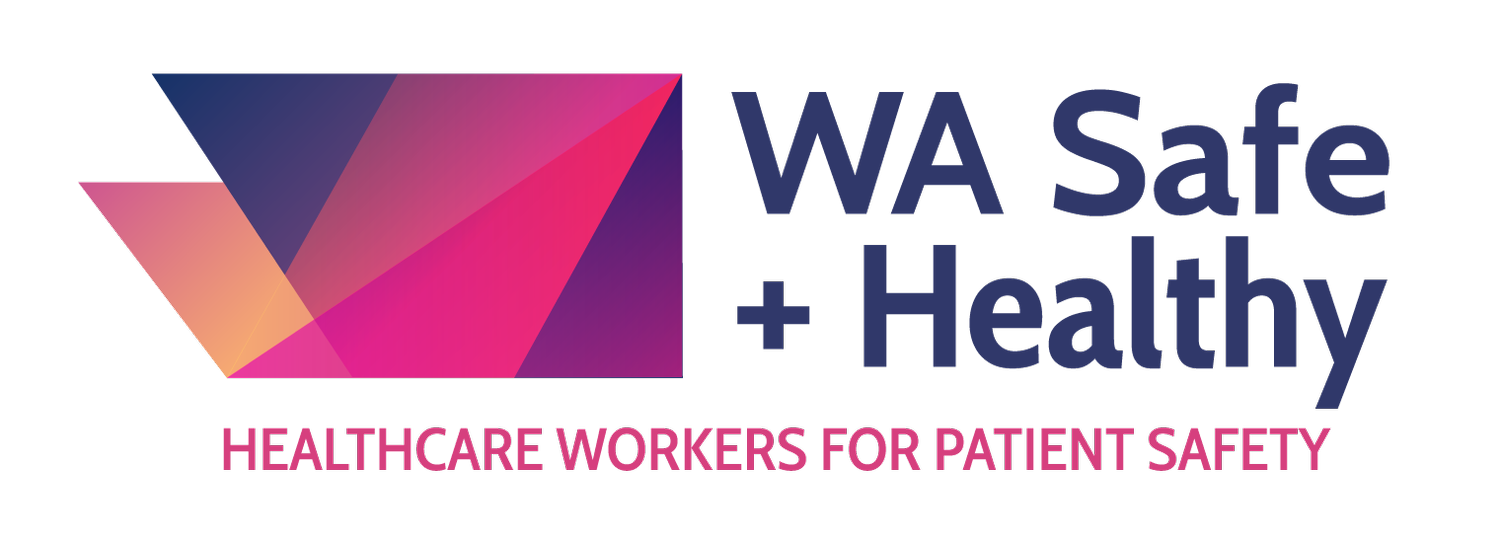New Research Supports Safe Staffing Standards for WA Hospitals
Staffing Standards As Proposed in HB 1868/SB 5751 Reduce Patient Deaths and Adverse Outcomes, Improve Patient Satisfaction and Reduce Nurse Burnout
SEATTLE – A definitive new report on 30 years of research on nurse staffing levels decisively supports the case for Washington lawmakers to pass safe staffing standards, showing that they’ve worked in California and would protect Washington healthcare workers from dangerously high patient loads and improve patient care.
The comprehensive report, written by Patricia Pittman, Ph.D., FAAN, a leading national nursing researcher at George Washington University’s Fitzhugh Mullan Institute for Health Workforce Equity, summarizes and analyzes a robust field of nurse-patient staffing level research ranging from 1992 to 2022. Pittman’s report is intended to provide useful research and context for lawmakers grappling with how to ensure public safety and protect healthcare workers when hospitals do not adequately staff, and the takeaway is clear: requiring safe staffing standards is the only effective way to improve hospital staffing.
“As reviewed in this report, there is strong scientific evidence that nurse and nurse assistive staffing levels are critical components of both patient safety and of worker satisfaction and burnout,” said Dr. Pittman. “Because the continued underinvestment in nursing staff leads to cyclical crises of staff burnout, shortages and, ultimately, patient harm, this issue is one that state leaders cannot avoid addressing.”
According to the research, drawn from exhaustive real-world research, higher nurse staffing levels like those HB 1868/SB 5751 would create are directly associated with:
Lower patient mortality and failure to rescue rates, a conclusion drawn from numerous studies using many different data sources and analytic approaches (Section 3.1);
Fewer adverse patient events, such as hospital-acquired pneumonia, respiratory failure and cardiac arrest (Section 3.2);
Shorter lengths of stay, lower rates of 30-day patient readmission and higher patient satisfaction (Section 3.3);
Reduced nurse burnout, higher job satisfaction, and fewer occupational harms (Section 3.5).
Dr. Pittman also reviews hospital staffing legislation passed in 14 states that follow three approaches: (1) directly mandating safe staffing standards, like HB 1868/SB 5751, (2) requiring staffing committees that include bedside nurses, and (3) requiring public reporting of staffing levels. Washington has passed the latter two policies but of the three, only directly mandating safe staffing standards as proposed in HB 1868/SB 5751 has worked to address healthcare staffing and improve patient outcomes.
Only one state has passed safe staffing standards like those Washington lawmakers are considering – California. According to the report, the California safe staffing standards law has increased nurse staffing levels, significantly increased nurse job satisfaction and decreased burnout. At least one study found lower patient mortality significantly associated with lower nurse-to-patient staffing levels in California.
“To try to prevent Washington lawmakers from passing safe staffing standards, many hospital executives have resorted to scare tactics—claiming that these standards will lead to reduced access to care and repeating broad, uncited anecdotes about other states,” said David Keepnews, executive director of the Washington State Nurses Association. “But a huge body of research, based on real-world data, shows that better staffing levels lead to better patient outcomes, and that safe staffing standards are the best solution to ensure better staffing. This is the way out of Washington’s staffing crisis and toward better quality care. Quite literally, safe staffing saves lives, and 30 years of research proves it.”
Creation of the report was supported by the WA Safe + Healthy coalition. Dr. Pittman’s research was compiled independently and presented to WA Safe + Healthy upon completion.
###
